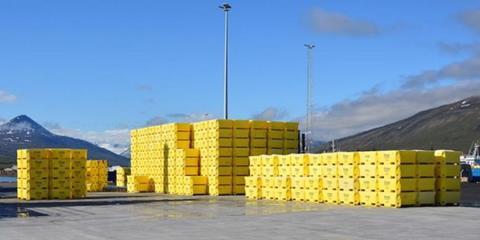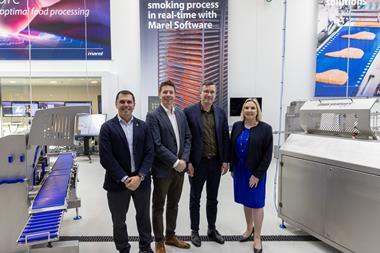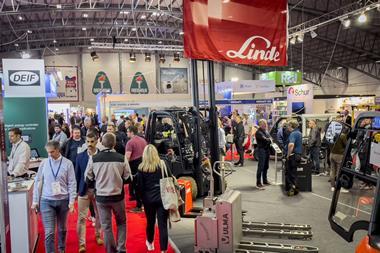Sæplast has been producing a range of tubs, boxes and other products in Dalvík and was a pioneer in such storage systems for fish. But much has changed over the years and attitudes have also changed.
“What is firing the team up in the debate over plastic pollution is that we see a lot of opportunities. We see it more as an opportunity than as a threat,” said Sæplast managing director Daði Valdimarsson, speaking during Icefish Connect, the virtual exhibition taking place between 16-18 November 2021.
“We are not working on using material that breaks down, because that’s very difficult with an investment product that lasts for a very long time. A long-lasting product needs a robust material that can tolerate UV light. So we are looking more at using recycled material.”
The tubs that Sæplast produces are a very long way from being a disposable product, and this presents a range of possibilities in terms of recycling and re-using the materials that go into the company’s products, and he explained that in the early days when the focus was on insulation, polyurethane was used for its high insulating properties.
“In the beginning it was all about insulation. That was really the key element in the supply chain. Back when we started on the Icelandic market, fish was exported in insulated containers, so the cooling chain was not as controlled as it is now,” he said.
As the logistic chain improved, with chilled containers and increasing quality demands, switches were made to smaller tubs holding lower volumes of fish and reducing the pressure on the contents, and also to polyethylene tubs.
These have lesser insulation qualities, which isn’t a problem in a more efficient, properly chilled logistic chain, but the advantage is that these tubs offer much greater strength, durability and recyclability.
Recyclable
“It’s the same material all the way through a tub, so we can put it through a shredder,” he said. “I would claim that the polyethylene we use for our products can be – if not environmentally friendly – at least a not unfriendly material. This is a material you can recycle. We have taken tubs that have been in use for fifteen years, shredded them down, processed the material again and used to to produce new tubs, achieving a recycling content of 11% up to 40%. This is relatively easy to do with the PE formed tubs which are the majority of our business today.”
According to Daði Valdimarsson, closing the loop is the next challenge in working with reusable, recyclable, returnable products.
“We know from our sister companies producing things like waste bins that they have been able to produce up to nine times from the same material. We haven’t been able to do that because our products last up to twenty years, so nine generations would take us 180 years,” he said.
“The challenge is that when our customers decide to scrap a product that we bring it back into our loop. This will take some time but I’m sure we will get there. There are logistics to deal with in shipping empty tubs to a location for recycling. But this is the kind of challenge we like and will definitely take this on,” he said, adding that working with subsidiary tub leasing company iTub, means that steps have already been taken in that direction and iTub has been trialling recycled tubs already.
Changing climate
He commented that climate change is definitely having an effect on Sæplast’s business.
“We are trying to make steps in the right direction, reducing our footprint, and today we have one of our machines running completely on electricity from green energy, and we are the only producer in the world with a machine of this size for rotational moulded products. We’re planning to go further and convert the remaining two machines. We are also working on the development of our products, finding ways to make them lighter,” he said.
“If we were launching our highest selling products today, we would probably make them with less weight. In a way they are over-engineered. These products last for decades. We tell customers there’s a lifetime of twelve to fifteen years. In fact it’s not uncommon to see tubs that have been in use for twenty years, and we have seen tubs at customers’ locations that have been in use for thirty years.”
Taking place between 16-18 November 2021, Icefish Connect is a brand new virtual commercial fishing exhibition with rich and engaging content that enables visitors and exhibitors to meet and develop business.









